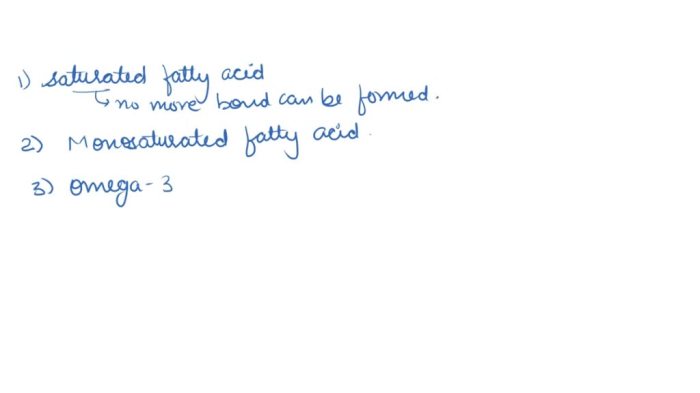Drag the lipid to its corresponding structure. – In the realm of biochemistry, understanding lipid structures holds immense significance. Drag the lipid to its corresponding structure embarks on a journey to unravel the intricacies of lipid identification and matching, a process that lies at the heart of comprehending cellular processes and disease mechanisms.
Delving into the depths of this topic, we will explore the methodologies employed to identify lipid structures, unravel the approaches used to match lipids to their corresponding structures, and delve into the myriad applications of lipid structure analysis in fields ranging from biochemistry to medicine and biotechnology.
Introduction

Understanding the structures of lipids is crucial for comprehending their roles in biological processes. Lipids are a diverse group of molecules with varying structures and functions, and identifying and matching them to their corresponding structures is essential for unraveling their biological significance.
Methods for Lipid Structure Identification

Several techniques are employed to identify lipid structures. Mass spectrometry (MS) analyzes the mass-to-charge ratio of lipid molecules, providing information about their molecular weight and elemental composition. Nuclear magnetic resonance (NMR) spectroscopy utilizes magnetic fields and radio waves to determine the molecular structure by analyzing the chemical environment of individual atoms.
Matching Lipids to Structures
Matching lipids to their corresponding structures involves comparing experimental data with reference databases. Lipidomics databases, such as LIPID MAPS and LipidBank, provide comprehensive collections of lipid structures and their associated properties. Software tools like LipidMatch and LipidFinder facilitate the matching process by comparing experimental spectra with reference spectra.
Challenges and Errors, Drag the lipid to its corresponding structure.
Lipid structure matching can be challenging due to the complexity and diversity of lipids. Isomeric lipids, which have the same molecular formula but different structures, can pose difficulties in identification. Additionally, the presence of impurities or contaminants can interfere with accurate matching.
Applications of Lipid Structure Analysis

Lipid structure analysis finds applications in various fields.
- Biochemistry:Understanding lipid structures aids in elucidating cellular processes, such as membrane dynamics and lipid metabolism.
- Medicine:Lipid structure analysis helps diagnose and treat diseases associated with lipid abnormalities, such as cardiovascular disease and cancer.
- Biotechnology:Lipid structure analysis supports the development of novel drugs and therapeutic interventions targeting lipid-related pathways.
FAQ Overview: Drag The Lipid To Its Corresponding Structure.
What are the key challenges associated with lipid structure matching?
Lipid structure matching presents several challenges, including the presence of isobaric lipids, the potential for structural isomers, and the limitations of analytical techniques in resolving complex lipid mixtures.
How can lipid structure analysis contribute to drug discovery and development?
Lipid structure analysis plays a crucial role in drug discovery and development by providing insights into the interactions between drugs and lipid targets, facilitating the design of more effective and selective therapies.